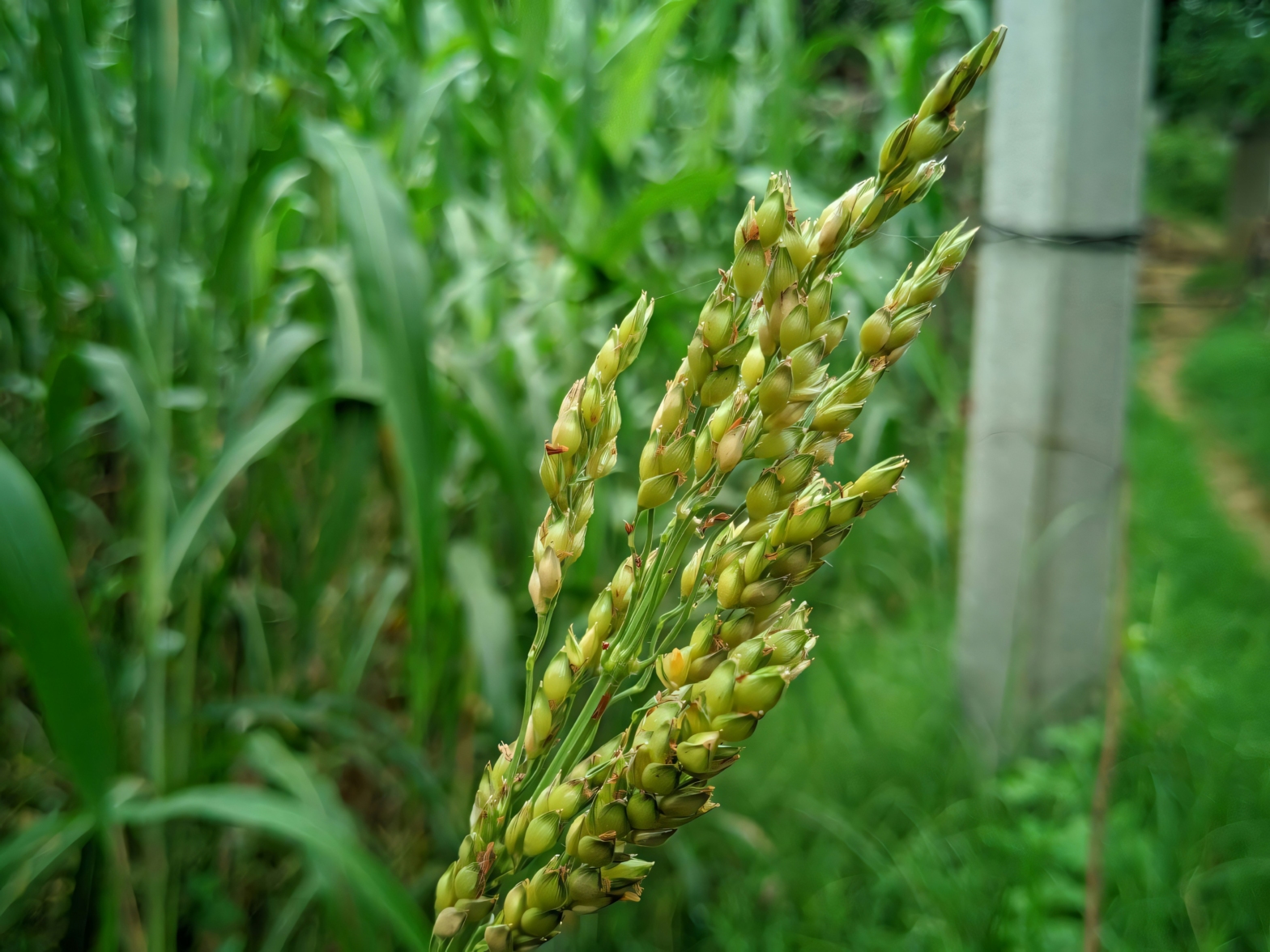Summary of the program
We started with about 40 interviews with representatives from different stakeholder groups in Estonia, it was important for us to understand the base line of knowledge level and activities already under way. From the discussions wide range of problems emerged, but the main ones that seemed to be more universal could be summarized as this:
Ambiguity of the term – vague understanding what domains green transition targets how changes in one domain influence the others.
Overload of information – which leads to feelings of being overwhelmed and apathy. How to prioritize and what sources should be trusted in case of contradicting information. Examples of successful practices and useful documents in Estonia are scattered and difficult to find.
Lack of central coordination – what activities and steps should local authorities take, what is expected of them, how to prioritize.
Based on these issues we envisioned three different activities that could be implemented one by one but when developed together we see good potential of synergy and greater impact.
Green Compass – visualizing data of approximately 8 different domains on a single platform gives local authorities relatively clear understanding of what are the topics that need the most attention and investment. The selection of domains and KPI-s can be done centrally and gives the State a better bird-eye view of the situation in the country. The added value is that it would also help to clarify what is meant under the term and give understanding of the path to achieving the goals set by the Green Deal.
Green Taskforce – one of biggest issues is the lack of time/people in the local authorities. What if there is a 1-3-person team that would go to the local authority, select one problem and solve it together with them? This would bring knowledge of the subject and methods of solving the issue to the local authority.
Green Club – The issues that need solving are global, it is not logical to think that one local authority has all the components to successfully solve climate crisis. There are examples in Estonia and other countries that have done some excellent pilots and initiated great change already. Let’s use the opportunity to learn from them, work together and openly share information that might benefit others.
The current confusion regarding the green transition is inevitable and normal phase of the process. It is important to get a clear view of the scope and a roadmap, but as we are discussing the definitions and planning the ways to deal with the climate crisis. It is equally important to start immediately with small steps, pick the low hanging fruits. It has already begun, but very often I see these “what if…?” barriers in the mindset. Some of the steps we take will fail, this is to be expected, important is to learn and not to get discouraged.
*The program “Innovatsiooniprogramm” was initiated by Government Office;
**other participating organizations in the group:
- Government Office,
- Environmental Investment Centre,
- Ministry of Finance,
- Environment Agency,
- Ministry of Environment,
- Association of Estonian Cities and Municipalities,
- City of Tartu,
- City of Elva.



